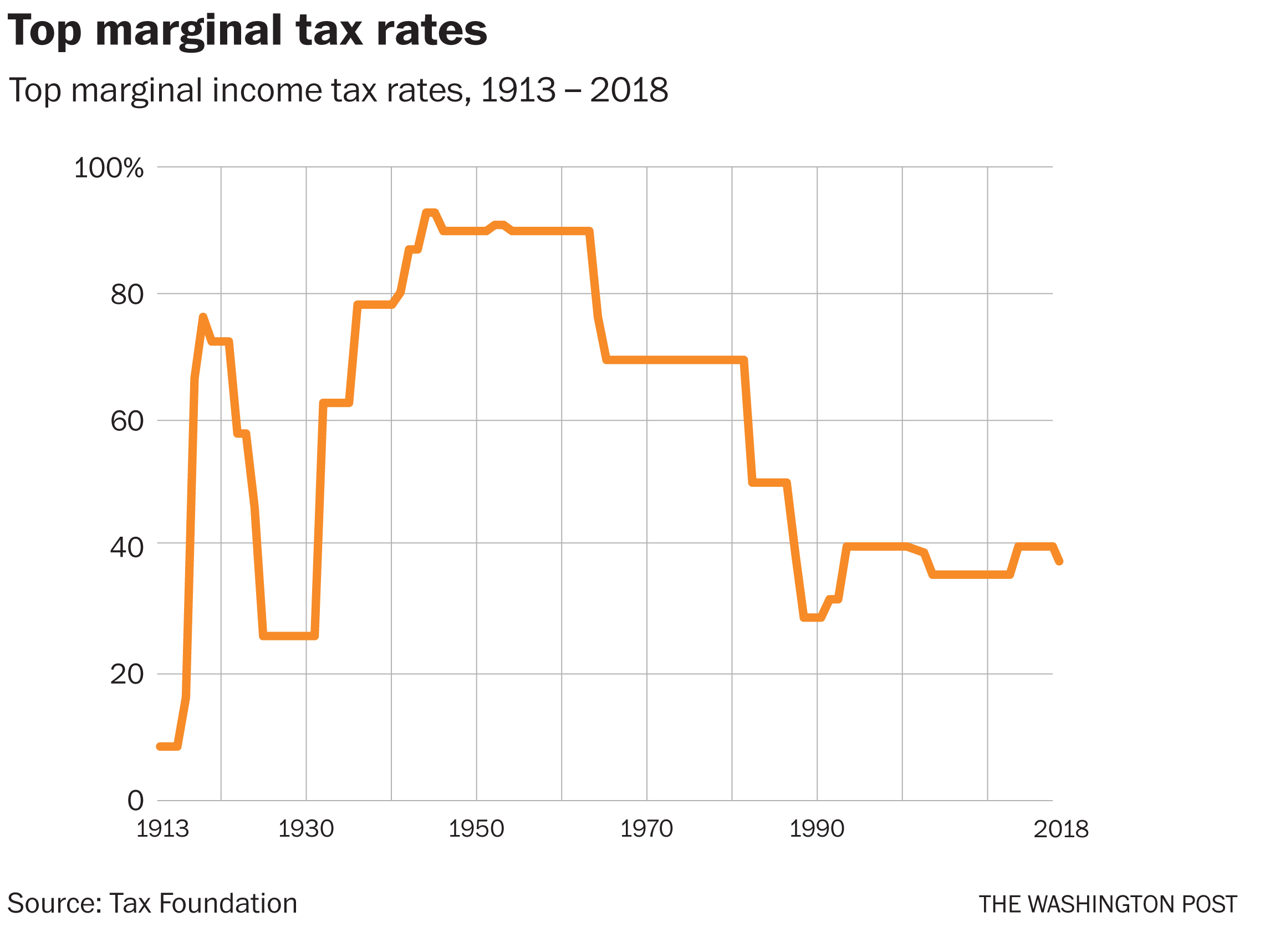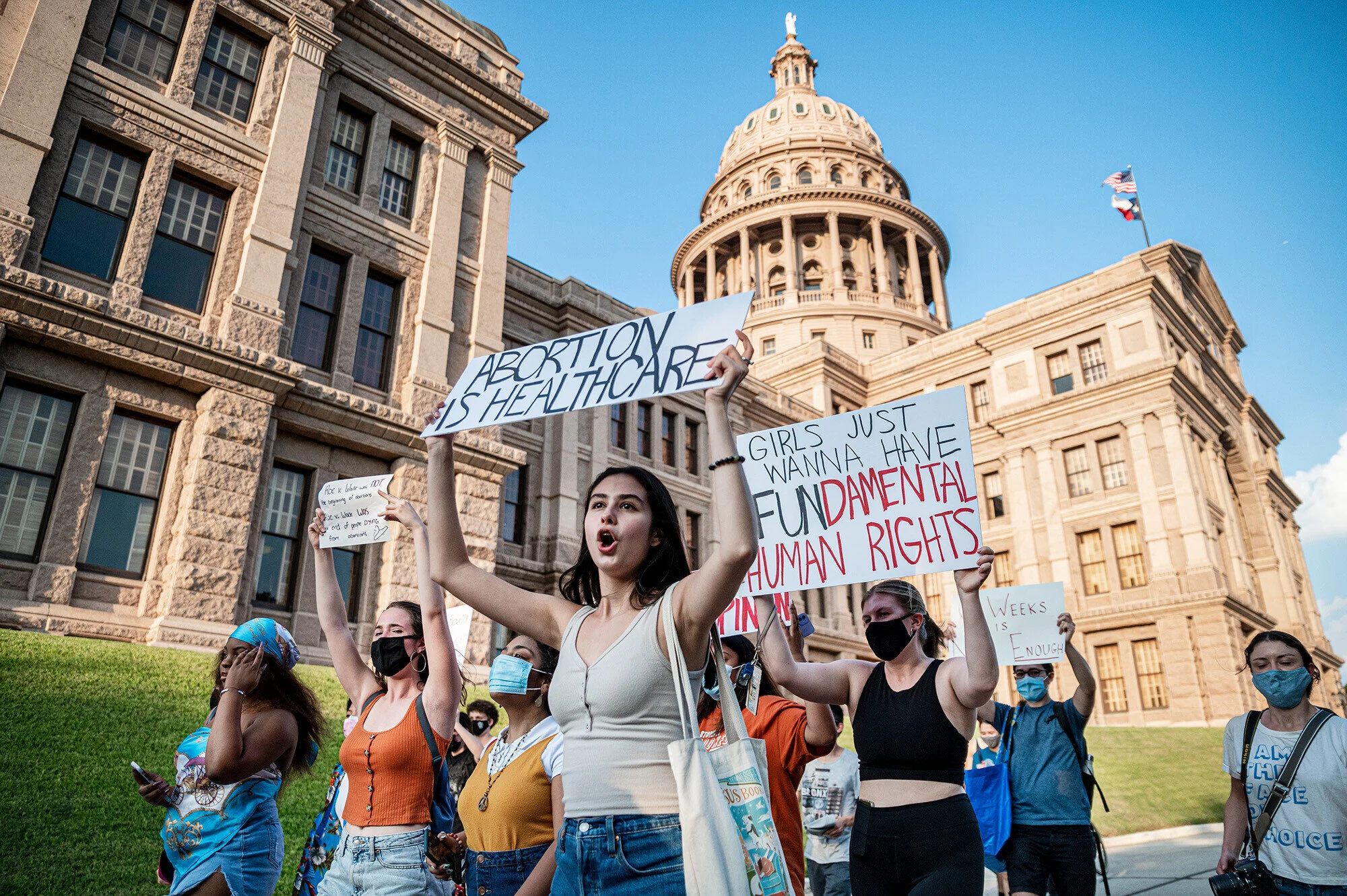‘Tax the rich’? Democrats’ plans to make the wealthy pay a little more will barely dent America’s long slide from progressive taxation By Gabriel Zucman & Emmanuel Saez
Demanding tax increases on the rich is back in fashion – both in the corridors of the House of Representatives and on the red carpet of the Met Gala.
The House Ways and Means Committee outlined plans on Sept. 13, 2021, to move the top marginal income rate up a couple of notches to 39.6% and to introduce a 3% surtax on incomes above $5 million. That proposal would fall short of calls to really “tax the rich,” as Rep. Alexandria Ocasio-Cortez’s dress demanded at a glitzy New York bash just hours later.
Tax policy is deemed progressive if the chunk of income taken increases with the income of the individual – so wealthy Americans would pay a larger proportion of their income than poorer ones. With a regressive tax policy, lower earners pay a larger percentage of their earnings in tax than wealthier ones. The committee’s plan would roughly put tax progressivity back to where it was just before President Donald Trump signed off on Republican tax cuts in 2017.
That would still be far below the level of progressivity the United States embraced in the middle of the 20th century – when wealthier individuals paid a much higher share of their income in taxes than the poor.
In 1950, when looking at all federal, state and local taxes, the top 0.01% of earners paid almost 70% of their income in taxes. In the postwar decades, corporate profits – the main source of income for the rich – were subject to an effective corporate tax rate of 50%. Meanwhile, the rich were subject to high tax rates on wages, dividends, interest and income from partnerships.
The progressivity of the U.S. tax system has dramatically declined over the past seven decades. The upshot is that for most income levels the U.S. tax system now resembles a flat tax that becomes regressive at the very top end, meaning the super-rich pay proportionately less. Today, virtually all income groups pay roughly 28% of their income in taxes – except for the 400 richest Americans, who each own more than $2 billion in wealth today and pay around 25% in taxes.
Working-class and middle-class Americans pay a substantial amount of taxes because of payroll taxes, which are high and barely affect the rich, and state and local sales taxes, which are regressive – they take a bigger chunk out of a smaller wage than out of a large income. Even households that pay no federal income tax because of low earnings hand over a percentage similar to that of wealthier households, because of these other taxes.
The super-rich’s low tax rates of today are in part aided by the collapse of federal corporate taxation. In the 1950s, 5% to 7% of national income came from corporate taxes. By 2018, that figure had fallen to just 1.5%.
The effective tax rate collapses for billionaires further because they can avoid reporting individual income by instructing their companies not to pay dividends and holding on to their shares without realizing their gains.
The proposal unveiled by House Democrats would increase taxes on millionaires significantly. But it would largely leave billionaires off the hook, despite the explosion of their wealth during the pandemic. More ambitious proposals in the Senate would tax their unrealized capital gains. In our view, this would be a bold addition that would help the United States reconnect with its tradition of tax justice.
Gabriel Zucman is Associate Professor of Economics, University of California, Berkeley
Emmanuel Saez is Professor of Economics, University of California, Berkeley
This article originated at The Conversation







